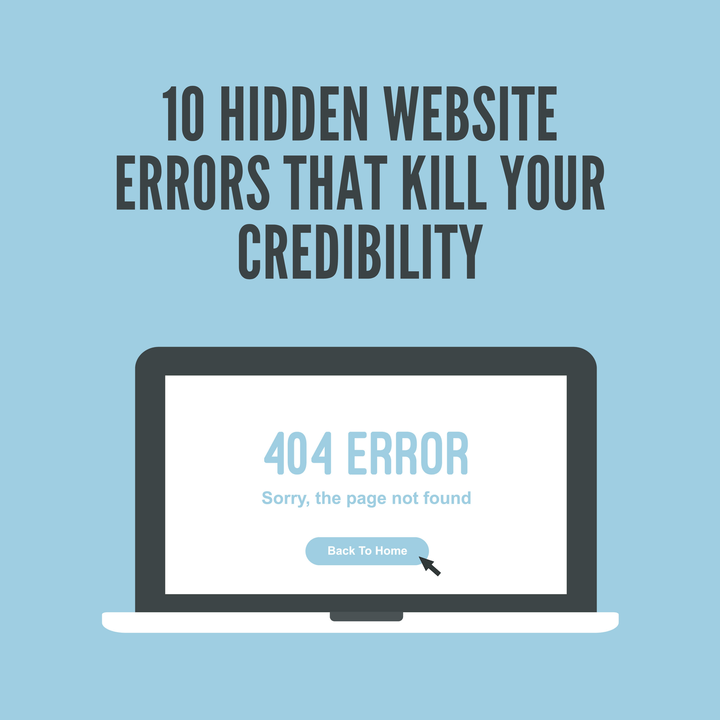Automation is no longer a buzzword; it’s a business necessity. From reducing repetitive work to streamlining operations, automation helps teams save time, cut costs, and focus on growth. But here’s the catch: not every task should be automated. Knowing what to automate (and what to leave alone) can make the difference between efficiency and wasted resources.
So, how do you draw the line? Let’s break it down.

The Signs a Task Is Perfect for Automation
1. Repetitive and Time-Consuming
If your team performs the same task daily or weekly, think data entry, invoice processing, or email follow-ups; automation can eliminate hours of busywork.
2. Rule-Based Processes
Tasks that follow a clear set of steps with little room for human judgment are prime candidates. For example, generating standard reports or routing customer service tickets.
3. High-Volume, Low-Value Work
When a task happens often but doesn’t require specialized expertise, automation can take over. This frees your employees to focus on strategic initiatives instead of admin work.
4. Prone to Human Error
Manual work increases the risk of mistakes, especially with large datasets. Automating these tasks not only speeds up processes but also improves accuracy.
5. Data-Driven Decisions
If a process relies on analyzing data or producing insights (like dashboards or KPIs), automation makes sure you always have up-to-date, reliable information.
Tasks You Should Not Automate
1. Creative Work
Brainstorming ideas, designing visuals, or writing content requires human imagination. Automation can assist, but it can’t replace original creativity.
2. Relationship Building
Conversations with clients, employee coaching, and networking thrive on authenticity. Over-automating communication risks making your business feel impersonal.
3. Complex Problem-Solving
When decisions require nuance, context, or negotiation, human oversight is essential. Automation can support data, but humans must lead.
4. Rare or One-Off Tasks
It’s not worth the setup cost of automation for tasks that happen only once or twice a year.
How to Strike the Balance
The best automation strategies don’t replace people; they empower them. By automating routine, rule-based, and error-prone tasks, you create space for your team to focus on creativity, strategy, and customer relationships.
Finding the Right Balance
The question isn’t “Should we automate?” but rather “What should we automate?”
Every hour saved on manual tasks is an hour you can invest in growth.
See how the right tools can maximize efficiency for your business.
RELATED Articles
When people think about design, they often picture sleek layouts, beautiful colors,
Technology teams today face a tough balancing act. On one side, there’s
From generating leads to building credibility, your website is the central hub
Custom software promises to solve unique business challenges, but too often it
Artificial intelligence is the backbone of modern business transformation. From predictive analytics
First impressions matter, especially online. Your website is often the first interaction






